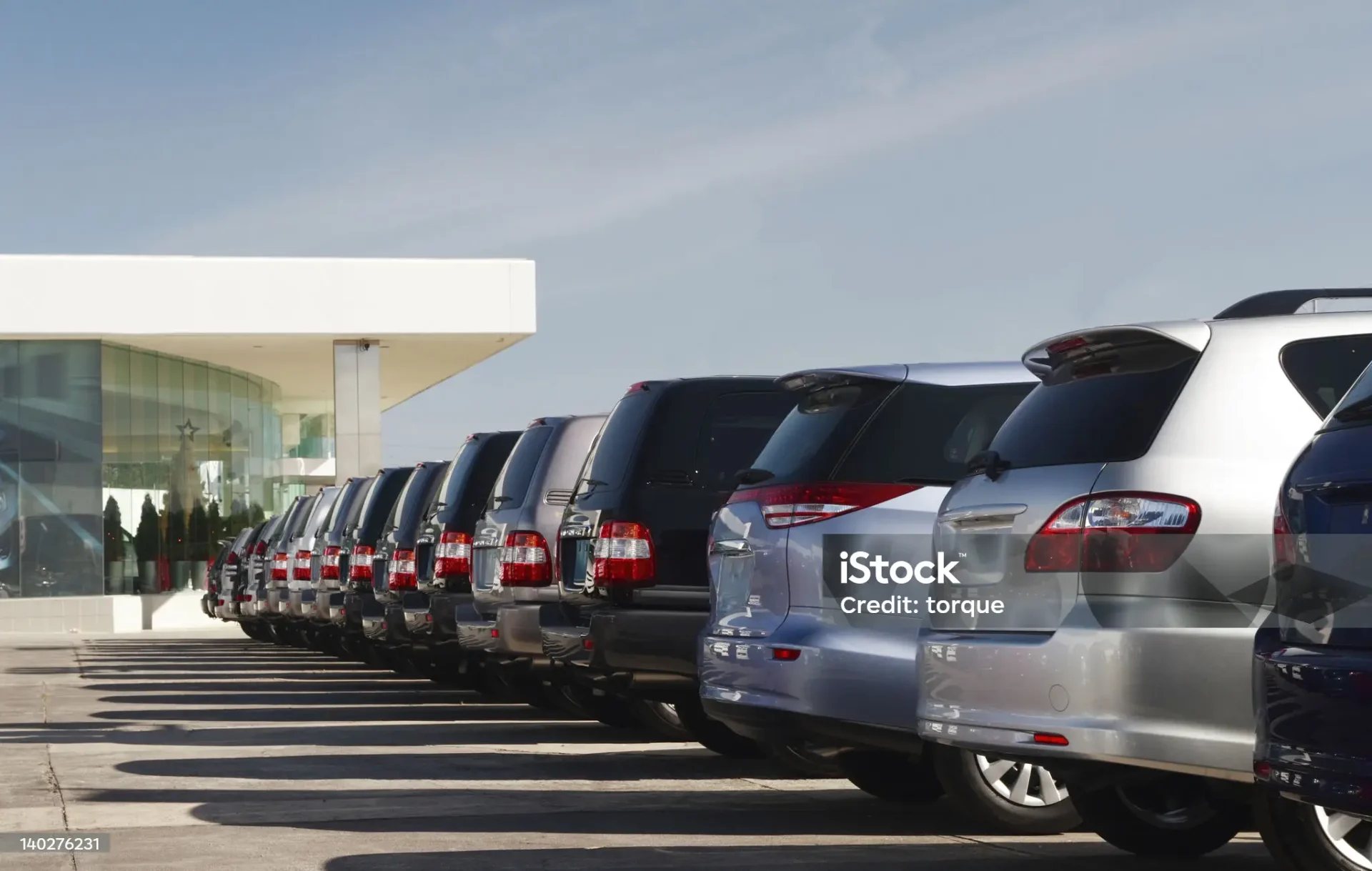Table of Contents
SUV enthusiasts and potential car buyers are witnessing an unexpected market shift as dealerships slash prices on unsold SUV inventory. This trend is creating a buzz and paving the way for great buying opportunities.
• An Influx of Unsold Inventory
Dealerships across the country are facing an unprecedented influx of unsold SUVs. Several factors have contributed to this surplus. One significant reason is the production delays during the pandemic, which led to a catch-up in manufacturing once restrictions were lifted. As a result, dealerships received large shipments of vehicles all at once. At the same time, rising fuel prices have made some consumers hesitant to invest in gas-guzzling SUVs. Moreover, economic uncertainty and fluctuating consumer spending have made many people more cautious about big-ticket purchases, further contributing to the growing inventory.
• Competitive Pricing Strategies
In response to the burgeoning inventory, dealerships have adopted aggressive pricing strategies. Discounts and promotions are now common, with many dealerships offering thousands of dollars off the sticker price. Some are even throwing in additional perks like extended warranties, free maintenance packages, and zero-percent financing. The goal is to move vehicles off the lot quickly to make room for new models and to maintain cash flow. This competitive pricing strategy benefits consumers who have been waiting for the right time to purchase an SUV, as they can now get more value for their money.
• Impacts on the Auto Industry
These price cuts are not just a boon for consumers but also a signal of shifting dynamics in the auto industry. The fall in SUV prices could indicate a move towards more fuel-efficient or electric vehicles, as consumers become more environmentally conscious and wary of high fuel costs. Car manufacturers might respond by adjusting their production strategies, possibly cutting back on traditional SUV models in favor of hybrid and electric alternatives. Additionally, the trend could affect used car markets as well, where the price drop in new SUVs might lead to a decrease in demand for pre-owned models, shifting market dynamics even further.
• Consumer Behavior and Preferences
The unprecedented price cuts highlight evolving consumer preferences and behaviors. People are now more informed and discerning buyers, often researching extensively before making a purchase. The availability of online comparison tools and reviews means that consumers are well-aware of market trends and price fluctuations. Environmental concerns are also playing a crucial role; many buyers are opting for smaller, more efficient vehicles or considering electric alternatives. Dealerships, in turn, are recognizing the need to adapt to these changing preferences by offering incentives that make owning an SUV more attractive, thereby trying to align consumer desires with their existing inventory.
• Future Market Predictions
Looking ahead, the SUV market is likely to undergo further changes. Analysts predict continued price volatility as dealerships and manufacturers recalibrate to match supply with changing demand. The oversupply of SUVs might prompt automakers to innovate, focusing on developing more appealing features or shifting their attention to other types of vehicles. The rise of electric vehicles poses a significant challenge and opportunity for the industry. If the trend towards eco-friendly and cost-efficient cars continues, we may see a decline in traditional SUV popularity. Another possible outcome is tailored SUV models that address current consumer concerns, balancing size with efficiency and eco-friendliness.
 • Conclusion
• Conclusion
The current trend of drastic price cuts on unsold SUV inventory reveals much about the shifting landscape of the automotive industry. Dealerships are eager to move their surplus stock, employing various strategies to attract buyers. This scenario is painting a clearer picture of the evolving consumer mindset—one that is increasingly cautious, well-informed, and environmentally conscious. While these price reductions offer an excellent opportunity for buyers in the short term, they also signal a longer-term shift that the industry must contend with. As consumer preferences continue to evolve and environmental considerations become paramount, the auto market will need to innovate and adapt. The days of SUVs as the dominant choice may be fading, giving way to a more diverse range of vehicles that better align with the contemporary values and economic realities of today’s buyers.
